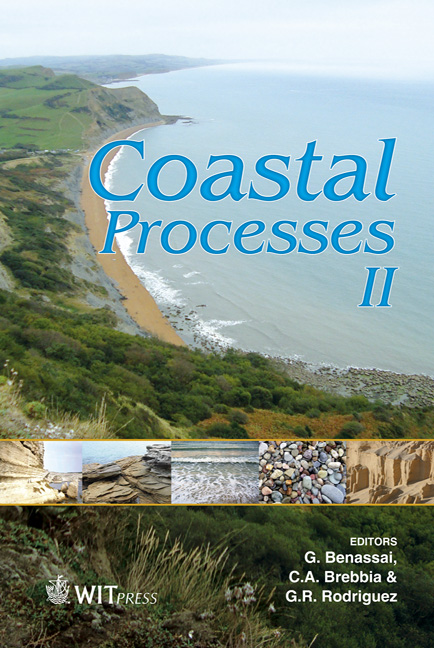Changes In Land Use And Their Impact On The Coastal Zone In Northern Sinaloa (Gulf Of California, Mexico)
Price
Free (open access)
Transaction
Volume
149
Pages
10
Page Range
77 - 86
Published
2011
Size
995 kb
Paper DOI
10.2495/CP110071
Copyright
WIT Press
Author(s)
P. Muñoz, L. Menanteau & D. Escobedo
Abstract
Sinaloa State is the second largest producer of shrimp in Mexico, after Sonora, (in 2008 more than 35,000 tones, and 300 shrimp farms covering approximately 28 000 ha); with most of the production being exported to the United States. Sinaloa is one of the 31 states of Mexico, located in the northwestern part of the country. The state covers an area of 57,377 square kilometers and has 2.2 million inhabitants. The coastal plain is a narrow strip of land that stretches along the length of the state; this is located between the ocean and the mountain range \“Sierra Madre Occidental”, which dominates the eastern part of the state. Sinaloa is traversed by many rivers, which carve broad valleys. The largest of these rivers are the \“Culiacan”, \“El Fuerte” and \“Sinaloa”. The main productive activities are agriculture, fishing, livestock breeding, shrimp aquaculture, commerce and industry. Apart from being the second largest shrimp producer in the country, Sinaloa is the most prominent state in terms of agriculture and has the second largest fishing fleet. As a result of these economic activities, the northern region of the State has experienced major changes in land use, mainly in the river deltas, being mostly devoted to aquaculture and agriculture. In terms of aquaculture, the river delta of \“El Fuerte”, one of the three largest rivers in the State, has undergone significant changes with a vast increase in surface for the cultivation of shrimp, from 364 ha in 1990 to 7,194 ha for year 2008 (ISA, 2007), with the consequent impact on the coastal lagoons of the region, including mangroves (LANDSAT and SPOT images).In the Topolobampo lagoon system there are evident impacts on the quality of water from adjacent coastal ecosystems due to the concentration of two nutrients: nitrates and phosphates,
Keywords
land use, aquaculture, mangrove forests, coastal eutrophication





